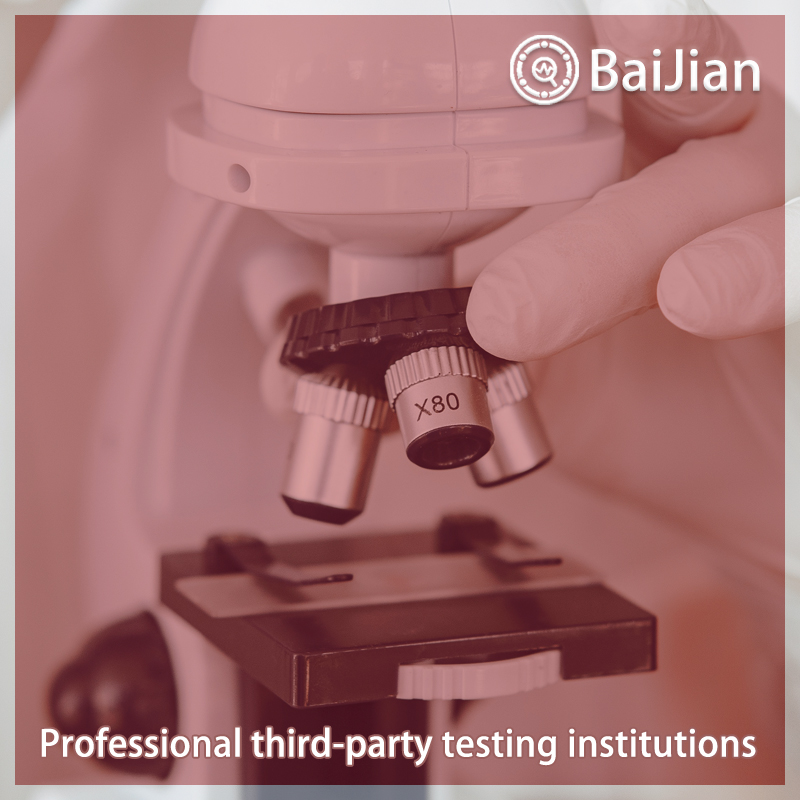
The safety of household and similar electrical appliances - Special requirements for deep oil fryers, fryers, and similar appliances - This chapter of GB 4706.1 is replaced by the following: This section covers the safety requirements for deep oil fryers, fryers, and other appliances that may be used for household use, cooking with oil, and with a rated voltage not exceeding 250 V. In practice, this section covers the common injuries and dangers that users of appliances may encounter when using them indoors or outdoors. This section does not consider the following situations: - The use of equipment by unattended young children and people with disabilities. - Children play with tools. Note 1: When used in the following situations, it is also important to note that additional requirements may need to be added when the appliance is used on locomotives, ships, and aircraft; -- Special requirements may be required for appliances used in tropical countries; In many countries, additional requirements are formulated by the national health department, the department responsible for labor protection, the national water supply department, and similar departments. Note 2: This section is not applicable to deep oil fryers with a maximum capacity of oil exceeding 4L (GB 4706.33)—— Other similar appliances used for commercial purposes; Intended for use under special conditions, such as in places with corrosive agents and explosive gases (dust, steam, and gas). This chapter of GB 4706.1-1998 applies except for the following content. 2.9 This clause is replaced by the following: normal operation: deep fryers are filled with cooking oil at room temperature, the maximum amount of oil is marked on the utensils, and the temperature controller is adjusted to operate at the highest setting. The working state of a frying pan refers to working at room temperature, adding cooking oil at a height of 1 cm from the highest point on the heating surface until the temperature at the center of the heating surface reaches 250 ℃. Then maintain this temperature at 250 ℃± 15 ℃. If the temperature controller is set below this temperature, it will operate at the highest temperature that the temperature controller can set. If the appliance does not have a temperature controller, the temperature needs to be controlled by the on/off switch
Function of testing report:
1. Project bidding: Issue authoritative third-party CMA/CNAS qualification report
2. Online e-commerce platform entry: Quality inspection report recognized by major e-commerce platforms 3. Used as a sales report: issuing legally effective testing reports to make consumers more confident 4. Papers and research: Provide professional personalized testing needs 5. Judicial services: providing scientific, fair, and accurate testing data 6. Industrial problem diagnosis: Verify the troubleshooting and correction of industrial production problemsBaijian and testing process:
1. Telephone communication and confirmation of requirements
2. Recommend solutions and confirm quotations 3. Mail samples and arrange testing 4. Progress tracking and result feedback 5. Provide reports and after-sales service 6. If urgent or priority processing is requiredTesting and testing characteristics:
1. The testing industry is fully covered, meeting different testing needs
2. Fully cover the laboratory and allocate localized testing nearby3. Engineers provide one-on-one services to make testing more accurate
4. Free initial testing, with no testing fees charged
5. Self service order delivery for free on-site sampling
6. Short cycle, low cost, and attentive service 7. Possess authoritative qualifications such as CMA, CNAS, CAL, etc 8. The testing report is authoritative and effective, and is generally used in China